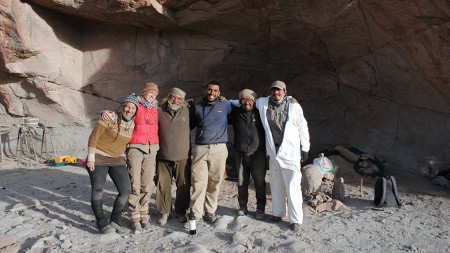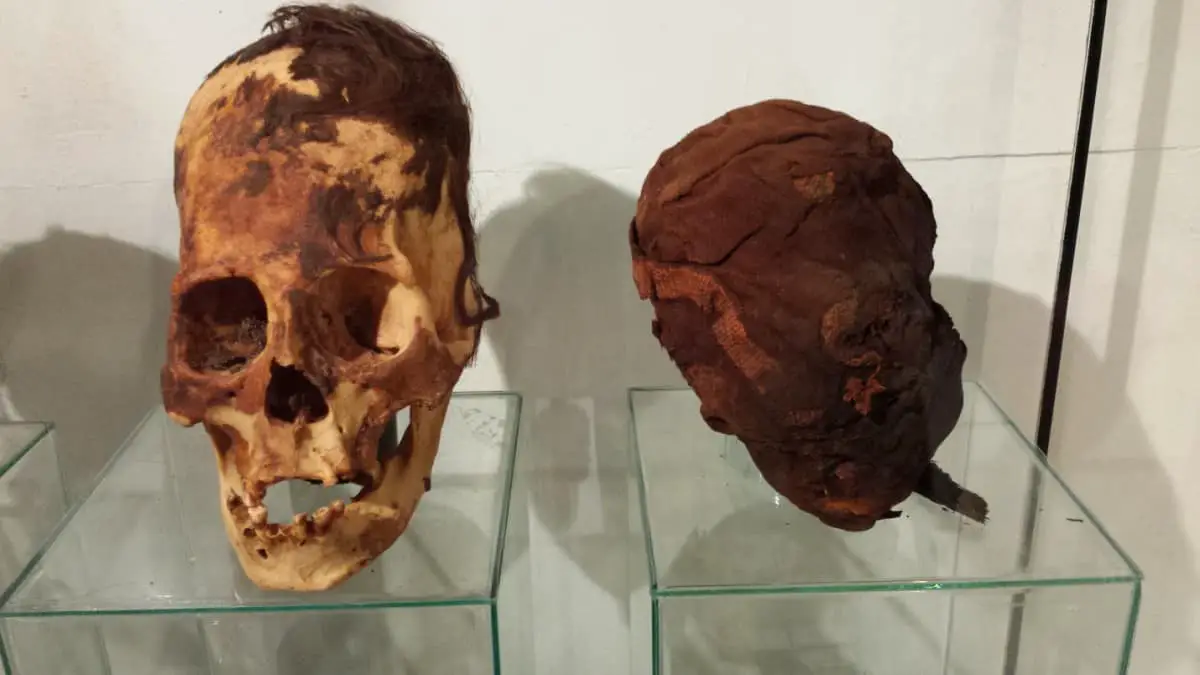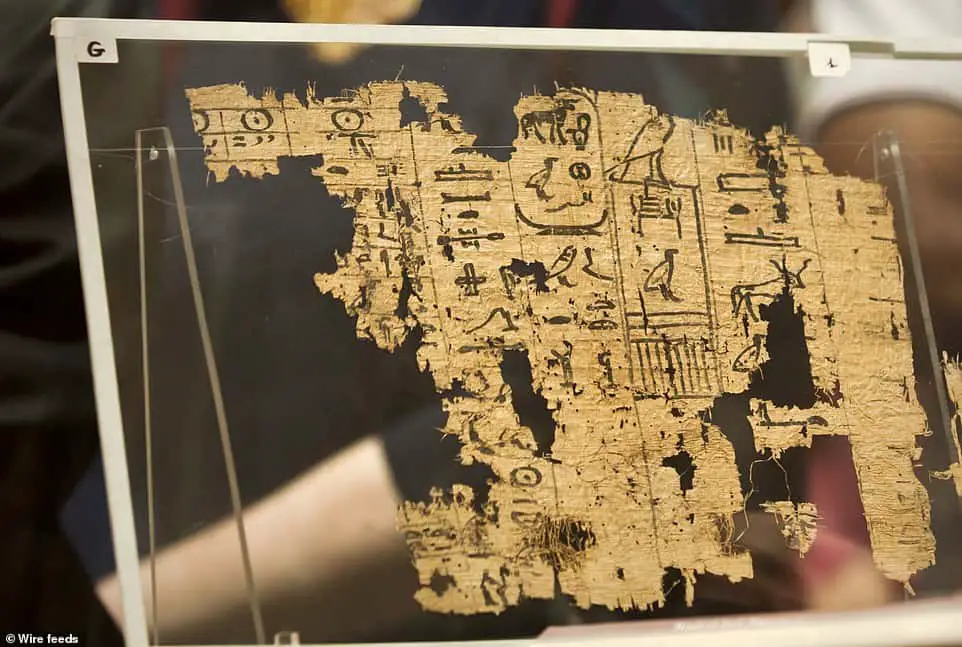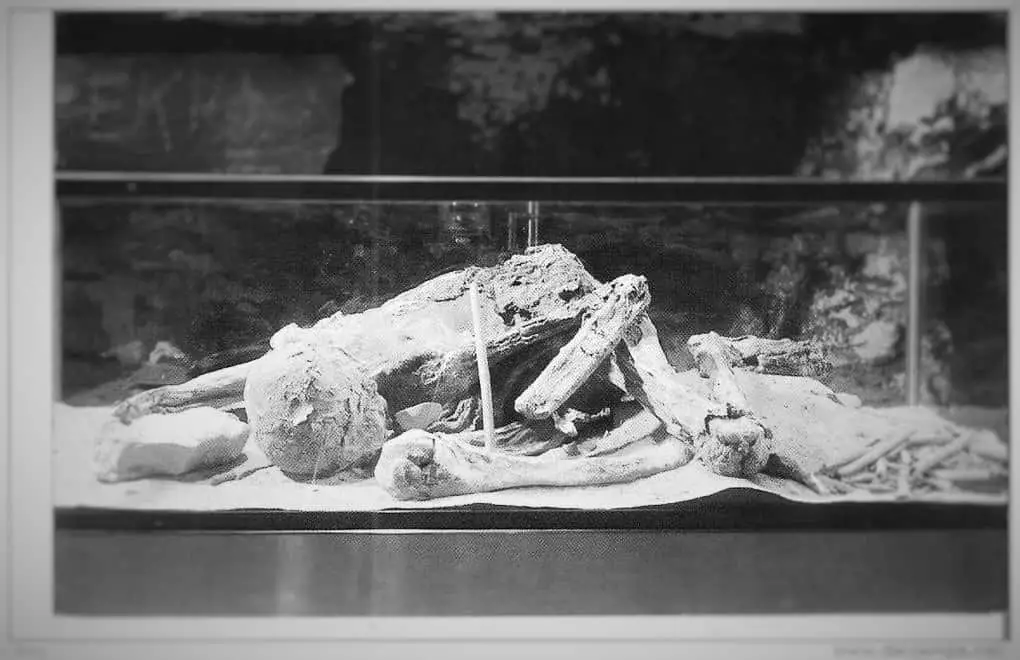
40,000 years ago, a mysterious people—possibly explorers—lived in Argentina.
Archaeologists have uncovered remarkably well-preserved human remains that date back around 40,000 years in Argentina. These skeletal remains are not only the oldest in Argentina, but could be the oldest human remains ever discovered in South America.
Don’t you just love when archeology digs up something like this? It changes everything, yet it changes nothing,
The more we dig, the more we understand how little we know.
A team of archaeologists led by professor Carlos Aschero had discovered what is believed to be evidence of the oldest human occupation in Argentina, and possibly in South America.
The discovery was made in Antofagasta de la Sierra, a province of Catamarca, Argentina.
Ancient Explorers?
40,000 years ago a group of people—possibly explorers—lived between the northwest of Catamarca and part of Salta, in the area that integrates the salty Puna.
It is unknown how long the group remained in the Argentine Northwest, but their traces were very well preserved in the desert lands, at more than 3,500 meters above sea level.
Antofagasta de la Sierra is almost 600 kilometers north of the capital of Catamarca.
Its climate is rigorous, cold and dry, with minimum temperatures below 0 ºC.
It is precisely the above-mentioned conditions that most likely made it possible for the remains to remain as well preserved as frozen over time.
It was an extensive search.
In fact, researchers excavated 4 kilometers in the upper section of the Punilla River, in a small ravine known as Cacao.
More precisely in a cave which houses a huge variety of rock art and various stone structures.
There, archaeologists recovered two strands of human hair, which had been cut.
They also found stone tools used for cutting and scraping, copper earrings, as well as bone fragments (complete ribs and tooth remains).
Previous to this discovery, the scientific community maintained that the oldest human presence in the area could be traced back around 10,000 years.
However, the discovery offers new insight into the human population in the area, changing everything we thought we knew about South America and its early inhabitants.
The tests used to determine the age of the skeletal remains were carried out in two specialized laboratories in the USA. (Arizona and CAIS-UGA) using radiocarbon dating.
Jorge Martinez, an archaeologist at the National University of Tucumán and a researcher at the Higher Institute of Social Studies of CONICET, said that the oldest traces of human presence in Argentina prior to this, were located in the province of Buenos Aires (Pampean region), and can be traced back to around 14,000 years.
Meanwhile, in Latin America in general, the oldest alleged human remains are located in Piedra Furada (Brazil), these remains date back between 27,000 and 30,000 years.
However, Martínez believes that the skeletal remains discovered in Brazil are very controversial, among other things due to the method by which their age was determined.
According to reports, scientists used Radiometric dating to determine the age of the skeletal remains from Brazil. Radiometric dating is a technique used to date materials such as rocks or carbon, in which trace radioactive impurities were selectively incorporated when they were formed, reports El Litoral.
DNA tests will reveal more
Martinez looks forward to learning more about the skeletal remains discovered in Argentina after DNA tests result are done.
Experts will then know who these mysterious people were, and to what genetic lineage they belong to.
“The theory that prevails is that the inhabitants of America came from Asia through the Bering Strait and that they belong to four great lineages. We want to corroborate or refute that origin, perhaps we will find they belong to a different ancestry,” he ventured out saying.
These discoveries offer a wealth of previously unknown information to experts.
“It means that the settlement processes were pervasive and diverse. And those records correspond to the Puna, where there is a lot of height and a complicated climate. What can we imagine of the occupation that could have existed in much lower areas, where life is easier! “, Professor Aschero surmised.
Source: TELAM
Article originally posted by ipetricevic.com. Reprinted with permission.






